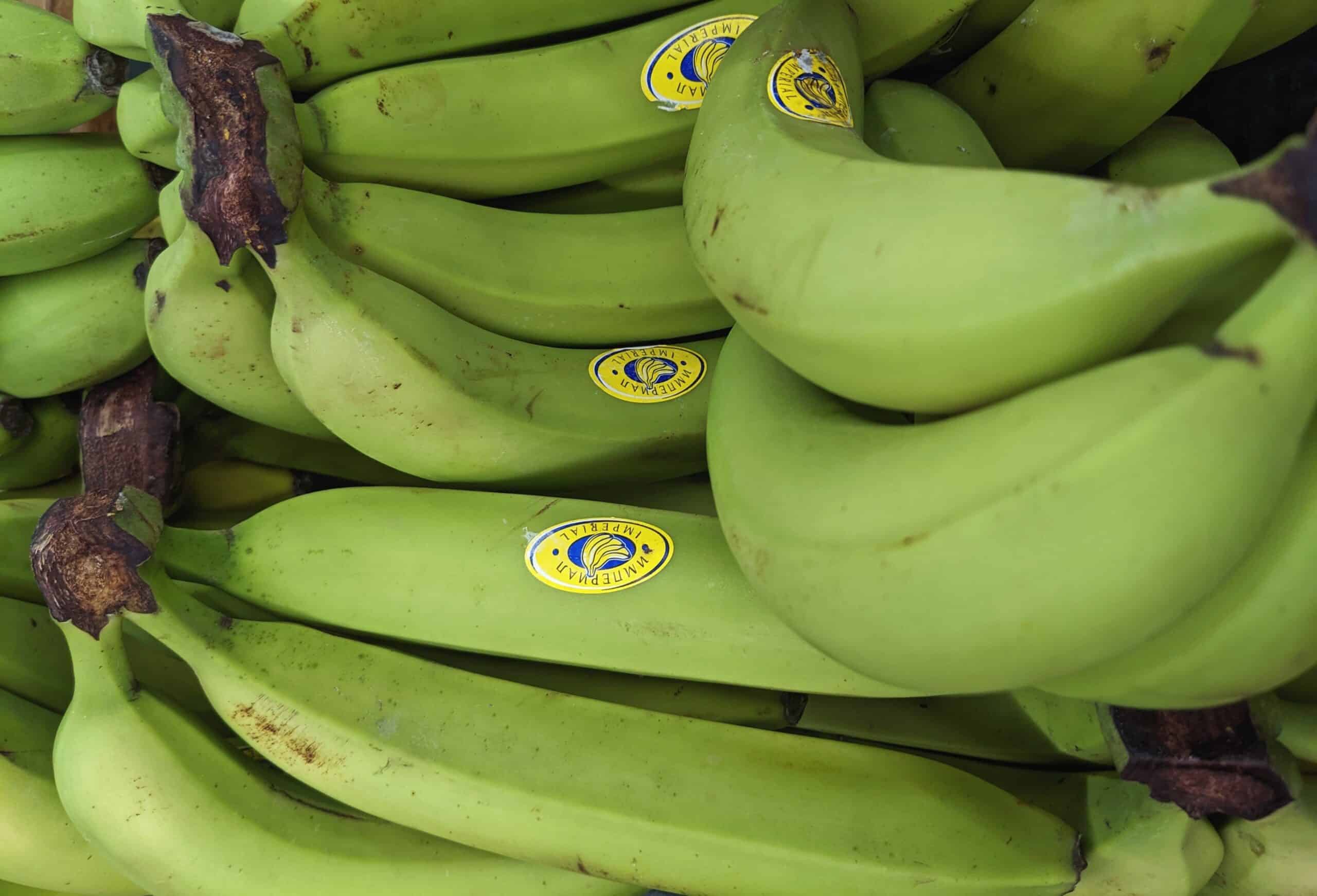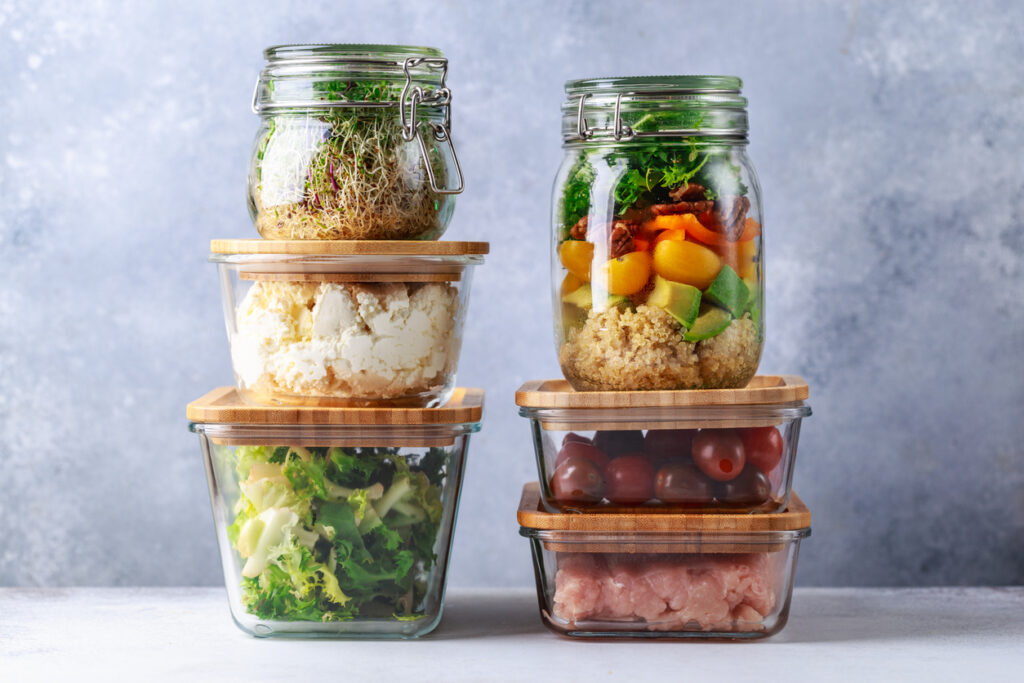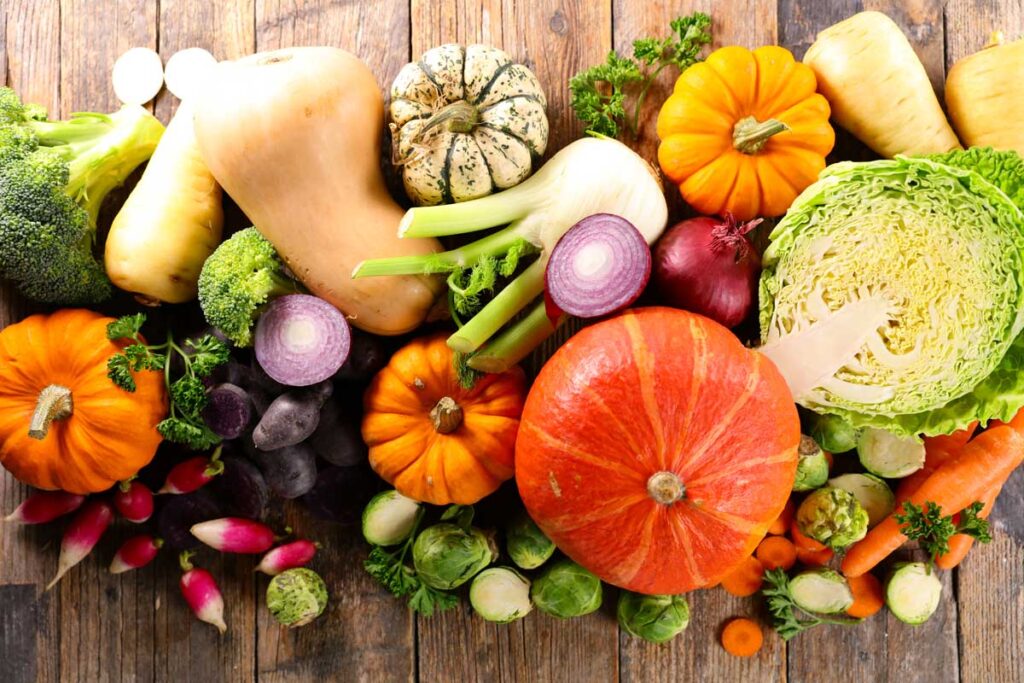Uncover the health benefits of resistant starch, its impact on insulin function and insulin resistance, and dietary sources.
What is starch?
Starch is a type of carbohydrate and is one of the primary sources of energy in our diets. It is found in large amounts in foods such as wheat, potatoes, corn, rice, and oats.
What is resistant starch (RS)?
Resistant starch (RS) is the part of the starch molecule that is resistant to enzymatic breakdown. This allows it to reach the colon unchanged or slightly changed, which is why it is considered a dietary fiber. RS has gained recent significance for its benefits on human health through its prebiotic effects, laxation benefits, cholesterol reducing, and glucose lowering effects, as well as reducing the risks of ulcerative colitis and colon cancer. RS formation from different sources, as well as different methodologies, have been the focus of more recent research, to increase its content in food.
What is insulin resistance (IR)?
Insulin is the molecule responsible for the entry of dietary sugars into the cells in our bodies in order for it to be converted into energy. Insulin is created in and secreted from the pancreas as a response to the food eaten that is eventually converted into sugars and absorbed into the blood. Insulin resistance is a decrease in the response to the insulin by the cells in the body, leading to decreased entry of glucose into them, requiring an increased production of insulin from the pancreas to overcome the resistance. Overtime, this overactivity from the pancreas leads to it wearing off, causing an eventual decrease in the pancreas production of insulin, which can progress into diabetes.
Resistant starch and how it affects insulin resistance
Resistant starch will enter the colon and be fermented by the bacteria in our colon. The fermentation breaks down the RS into small chain fatty acids (SCFA). SCFA will stimulate the production of hormones related to insulin, glucagon-like peptide-1 and peptide YY. These hormones have been shown to increase the secretion of insulin from the pancreas. The consumption of RS is also thought to increase the sensitivity to insulin in the body cells by reducing body fat and regulating the production of new fat molecules, possibly through the production of SCFA, however the mechanism is not entirely clear.
Where to find resistant starch
- Oats
One of the most convenient ways to add resistant starch to your diet. Letting your cooked oats cool for several hours (or overnight) increases the resistant starch content. Using steel cut oats increases your fiber intake even more. But the best way to get resistant starch via oats is by eating them raw, such as in overnight oats! This is because the cooking process of oats gelatinizes the starch, making it more digestible and readily available for absorption in the small intestine. As a result, the level of resistant starch in cooked oats is lower compared to raw oats. - Cooked and cooled rice
Another low cost and convenient way to add RS to your diet. RS is increased when the rice is left to cool. Brown rice is preferable due to higher fiber content. - Other grains
Sorghum and barley also provide high amounts of RS, and are higher in fiber and preferable starches to rice. - Beans and legumes
Provide a large amount of fiber and resistant starch. - Cooked and cooled potatoes
Cooking potatoes and then allowing them to cool significantly increases their resistant starch content. Eat them as part of homemade salad or other cold dishes. - Green bananas
High in RS, which gets replaced with simple sugars as the banana ripens. Unsure how to eat a green banana? Try it in a smoothie (on Stepwise or Maintenance!) to mask the chalky taste.
Other cooked and cooled starchy carbs
Cooking and cooling starchy foods will increase their RS content. This applies to foods already high in RS as well as sweet potatoes, corn, and pasta. Moreover, reheating cooked and then cooled starches does not appear to significantly decrease the RS content.
Sources
https://doi.org/10.1016/B978-0-08-100596-5.22407-4
https://www.mayoclinic.org/diseases-conditions/obesity/multimedia/vid-20536756






